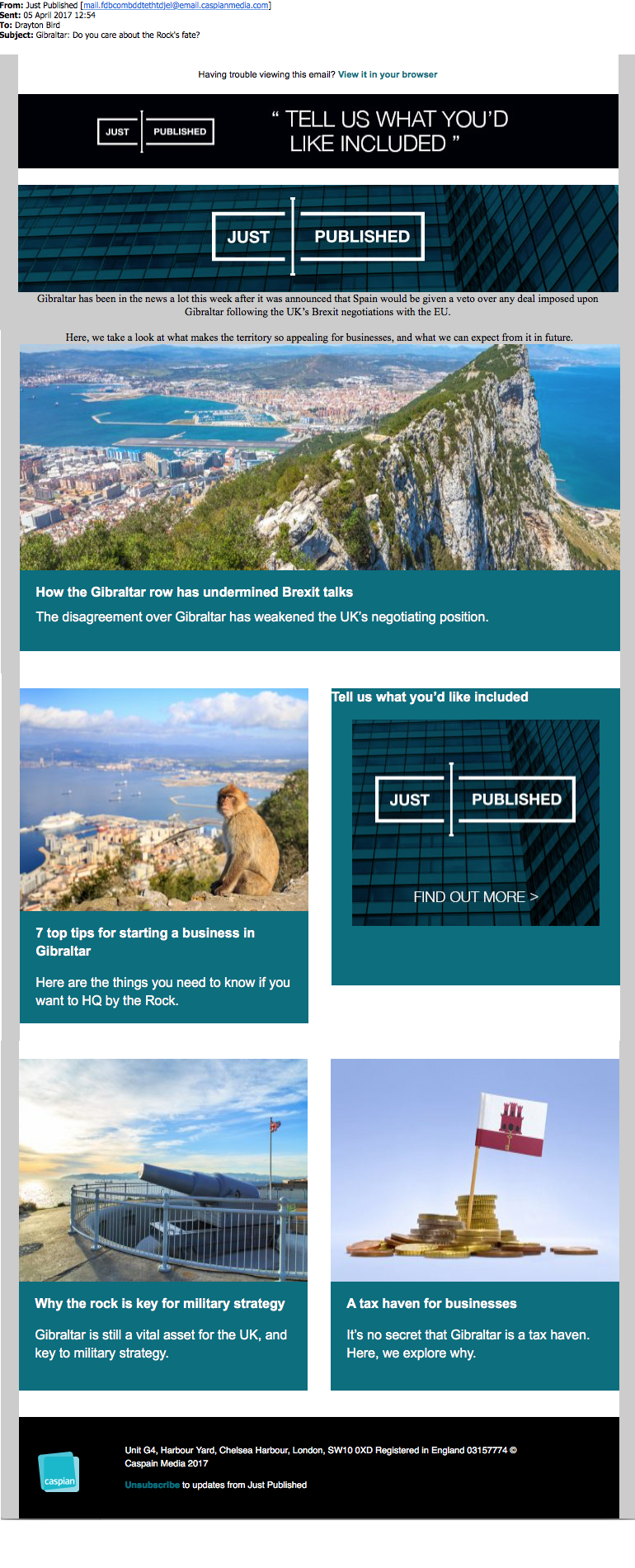Einstein, quoted as the origin of goodness knows how many wise and witty sayings apparently said
“Insanity is doing the same thing repeatedly and expecting different results.”
Currently there is a fad for “content”, which will pass, as so many others have.
This is one of the many cases where someone takes something old, re-labels it and tries to make a lot of money as a result.
It is obvious to anybody who thinks for even a second that you cannot communicate anything without some content.
So content is just whatever you send out.
What makes content in this miraculous new manifestation different is that some of the people who came up with the wheeze started an institute.
Why start an Institute?
It’s always a good idea to start an institute.
48 years ago, when I was much younger and even more stupid I bought a newsletter called “The Business Ideas Letter”.
Amidst a flurry of misguided folly the only intelligent thing I did was start “The Small Business Institute” which became the publisher of the newsletter. This made the newsletter seem more respectable.
When I went broke, not very long afterwards, a small mail order business, this institute and the newsletter were the only things left worth any money to my creditors. They continued to exist for many years.
Now take a look at the email below.
You’ll see that – besides being content – it pretty much follows the guidelines the “Content Marketing Institute” gives somewhere. They suggest you should just send out helpful stuff without asking people to buy anything and they’ll get round to it eventually.
I think this is based on the assumption that people don’t like being sold stuff – which is complete tosh.
It is also, if you want to make money, insane.
As John Caples pointed out about 80 years ago.
“When people have read your copy they want to know what to do. Tell them.”
How not to get a response
Look at the email.
There are two attempts to get a reaction, but in the wrong places – right at the top of the e-mail and in a little box on the right.
Little boxes with lines round them do a great job of keeping people out, but if you were to enter you would find a questionnaire. I can promise you very few people will fill it in.
 As it happens I read this e-mail with some interest because I am interested in the fate of Gibraltar and actually wanted to add my two-pennies worth by replying.
As it happens I read this e-mail with some interest because I am interested in the fate of Gibraltar and actually wanted to add my two-pennies worth by replying.
But I hadn’t noticed the line at the top, never even saw the box on the right and just gave up.
Insane if you want a response
If you’re running copy and not asking for a response you’re crazy.
If you’re asking in the wrong places you’re almost as crazy.
If you’re not asking for a response more than once then you’re not quite crazy, but still slightly mad.
If you want to get the best possible results you should ask for a response at least three times at the end, not halfway through in a box.
It won’t do you any harm to ask at the top for people who are so interested they’ll reply immediately.
But you will do far better to ask after the first couple of paragraphs. This is known in selling circles as a trial close.
Few marketers have actually sold face to face and they are crippled by this lack of experience. I have sold (badly) national franchises for swimming pools in France and Germany, malt whisky for investment, fake Chagal paintings and a few other bits and pieces.
This is much harder than flogging get-rich-quick on the internet programs to suckers, but it teaches you a lot.
Is that all I can tell you about this stuff? Not really. I have also risked – and often lost – my own money plus God knows how much of my clients’ money finding out the hard way.
On top of that I have studied and continue to study what works, what doesn’t and why.
How much is this knowledge worth to you?
Please forgive me if I now make a bold claim.
If you do a lot of marketing …
But you didn’t know what you just read …
Then its added value to you will – easily – pay for your seat at My Last Hurrah event in Bristol.
But I shall tell you at least 50 things of equal value – and more – if you come.
Whilst my shy, retiring Aussie friendTrevor “ToeCracker” Crook will do the same.
The only difference is that he has ideas I don’t have – and expresses them in slightly more colourful language.
But between us I guarantee you’ll pick up stuff worth ten times what you pay – or your money back.
I have been making that guarantee for 9 years now. Nobody has ever taken me up on it.